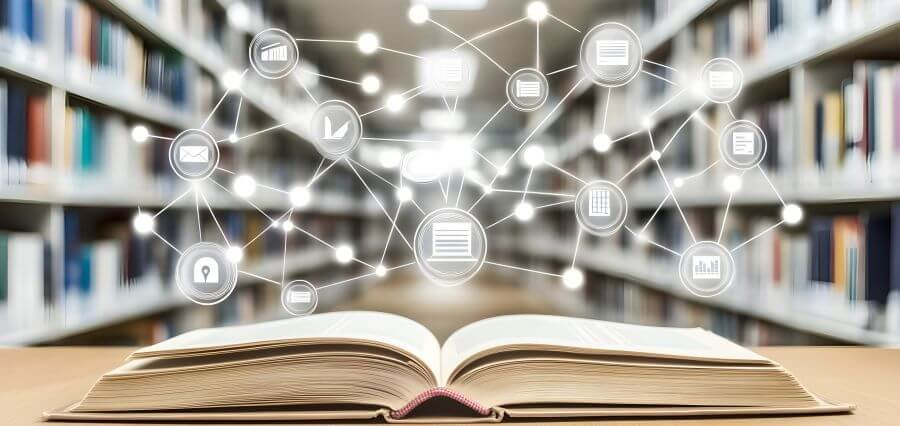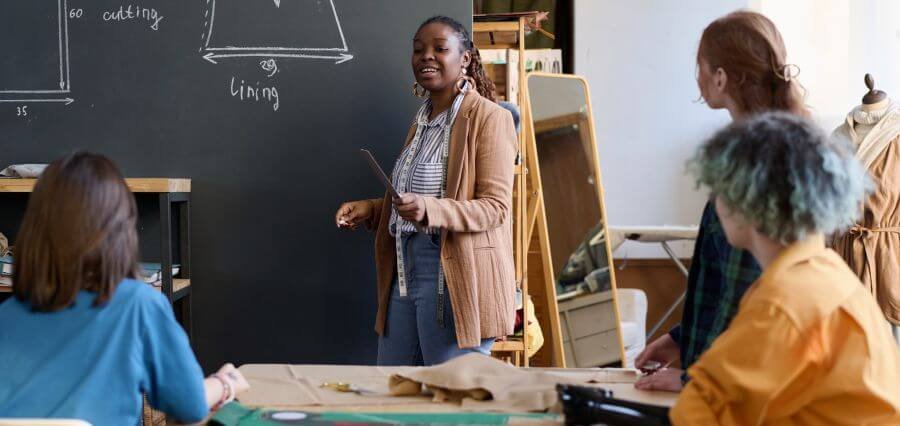The Spark of Change
Amidst the age of accelerated technology and changing social demands, there must be a fundamental shift in education. The core of this transformation is learning innovation, an active practice that is transforming the concept of engaging, learning, and developing students. Educators can transform the modern classroom into places of curiosity, creativity, critical thought, and reflection by changing the current education processes, introducing new tools and approaches, and new pedagogical mindsets.
Why Learning Innovation Matters
The traditional learning systems, steeped into rote learning and standardized testing, do not necessarily deliver to students the much-needed skills that they should have in a 21st-century environment resilience, collaboration, digital fluency, and creative problem-solving. Learning innovation closes this gap by reducing the emphasis on content deliverance and focusing on student inquiry and application.
Research had the potential to demonstrate the fact that experimental education methods are more effective in engagement, retention, and academic achievement. Students learn more deeply and gain intrinsic motivation by doing what they understand, asking questions, meeting and cooperating in real-life tasks or creating solution designs. Learning innovation in essence turns passive recipients of knowledge into bold creators.
Pillars of Learning Innovation
To foster genuine transformation, educators should build on several key pillars:
- Personalized Learning
Customized methods are inclusive and meet the needs of each learner individual learning and evaluation as they communicate with each child based on his/her readiness, interest and style of learning. The essence of this design is dynamic platforms, mentoring approaches and dynamic pacing. Learning innovation thrives well when students are given their own chances to grow on various routes rather than one specific solution applicable in all areas.
- Project-Based Learning (PBL)
PBL places learners in real-world situations- tackling community issues, making a prototype, or performing. This model is demanding and fosters interdisciplinary competency and perseverance. Projects driven by learning innovation are more than assignments; fueled by learning innovation, projects are vehicles for greater understanding and citizenship.
- Technology Integration
Using AI-based tutors and VR-based simulations, the technology can expand the potential of learning. Digital tools offer individual feedback, collaboration with people across the globe, and the creation of new media. However, the real innovation in learning is the deliberate utilization, not innovation as such. Technology should complement pedagogy rather than substitute it.
Case Studies: Innovation in Action
- Finland’s Holistic Schools
Finland’s schools consistently rank at the top globally. They flourish due to high levels of trust in teachers, the inclusion of play, and the combination of prioritizing well‑being with academics. The Finnish classrooms are characterized by a combination of cross-disciplinary projects, out-of-doors learning and real-life experiences. This whole learning model exhibits innovativeness in learning based on trust, autonomy and student well-being.
- U.S. ‘Next‑Gen’ E‑Learning Labs
Makerspaces, also known as innovation labs, are transforming learning in most districts in the U.S. A Texas middle school has a robotics lab that allows students to work on drone construction and building programmable machines. The learners get to engage in coding, design thinking, and electronics using these spaces to reinforce the theory (which is based on real-life problem solutions). This labs-based approach is the epitome of learning innovation with STEM, creativity, and teamwork.
- Rural India’s Mobile Learning Hubs
In rural areas of Maharashtra, technology is reaching underserved schools via mobile vans equipped with tablets, solar energy and satellite internet service. The teachers are also prepared to conduct interactive lessons where content is locally relevant. This is a grassroots initiative that uses learning innovation to bridge the urban-rural gaps to create access to digital learning on a fair basis.
The Path Forward
The pressure to teach progressively is just becoming stronger as societies become more complex in issues such as climate concerns, economic changes and the digital revolution. Learning innovation is not a temporal trend; it is an essential attitude and practice to equip learners with resilient and empathic minds that can undertake transformative actions.
Every classroom is a potential spark. The possibilities of change can be seen in the innovations of a teacher in a new project, in the pilot initiative of a district, or in the communal investment in mobile learning, but like in all forms, seeds of change are everywhere.





